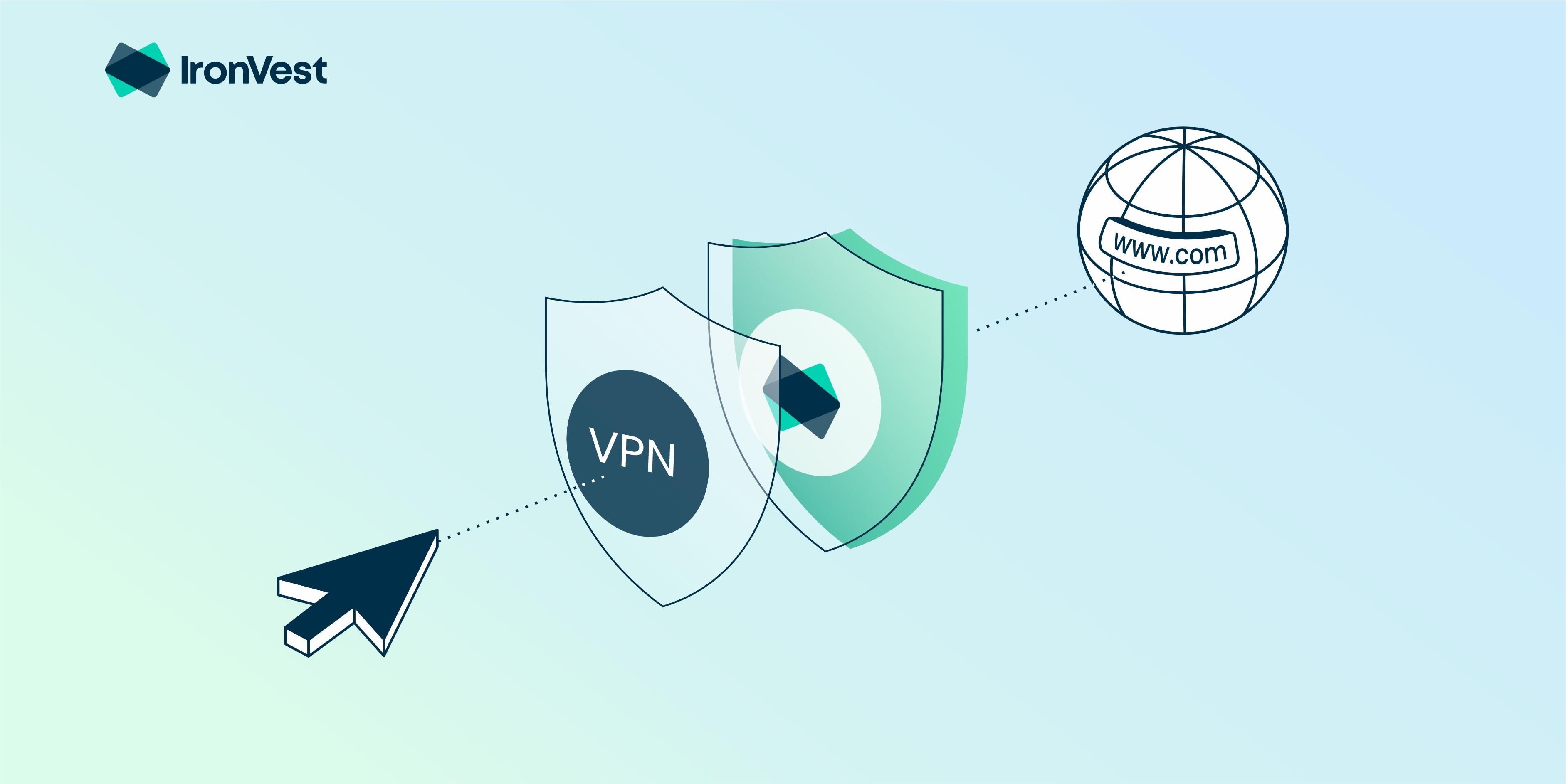The Ultimate Cybersecurity Glossary You Need to Know
In today’s digital age, navigating the labyrinth of cybersecurity terminology can be daunting. As the landscape of threats evolves, the need for clarity in communication becomes paramount. This compendium aims to demystify common, and occasionally obscure, cybersecurity terms that everyone should understand to stay digitally secure.
 Understanding cybersecurity terminology is crucial for navigating the digital landscape.
Understanding cybersecurity terminology is crucial for navigating the digital landscape.
Key Cybersecurity Terms Defined
Arbitrary Code Execution
Arbitrary code execution is a critical term that denotes the capability of running commands or malicious code on a susceptible system. This often results from vulnerabilities within the software. The implications of such vulnerabilities are severe. Attackers exploit them to establish backdoors that provide ongoing access to compromised systems or deploy malware to access deeper network layers. Notably, when execution is achievable over the internet, it’s often termed remote code execution.
Botnets
A botnet represents a formidable threat that consists of networks of hijacked devices, such as home routers and webcams. These devices are assimilated into a malicious network through malware or because of weak security measures. They can be directed by a command-and-control server, which orchestrates cyberattacks like data exfiltration or website crashes through distributed denial-of-service attacks.
Data Breaches and Exposure
When serious incidents occur, we talk about data breaches. This term indicates that sensitive information has left its secured environment, often due to malicious attempts or inadvertent exposure. Related concepts include data exposure, where information is reachable without proper controls—usually due to human error or misconfiguration—and data leaks, which denote situations where information escapes a system, often stemming from vulnerabilities or insider actions.
Aiding in our understanding of these threats, the definition of a data breach is often clarified based on the circumstances surrounding the incident.
Malware
Malware, a portmanteau of malicious software, encompasses a wide variety of threats ranging from spyware to ransomware. Each category shares the underlying goal of exploiting systems for nefarious purposes, whether that includes surveilling users or demanding ransom for data access.
Remotely Executed Attacks
Remote code execution attacks are among the most damaging vulnerabilities in cybersecurity today. By enabling an attacker to run malicious commands on a system without direct interaction, these exploits can facilitate a range of further attacks.
Escalation of Privileges
A more technical term, escalation of privileges, refers to exploiting system flaws to gain higher access than authorized. This type of breach can significantly expand the range of activities an attacker can perform, turning a minor exploit into a substantial security risk.
 Knowing about malware and its types reinforces your defense strategies against cyber threats.
Knowing about malware and its types reinforces your defense strategies against cyber threats.
Vulnerabilities and Zero-Days
A vulnerability is a significant security risk that indicates a flaw in software, potentially allowing for unauthorized access. When a vulnerability is exploited before the developer has had a chance to rectify it, it’s termed a zero-day exploit—highlighting the urgency and risk such flaws represent.
Stalkerware and Spyware
Among the more invasive forms of malware are stalkerware and spyware, which typically find their way onto devices under the guise of legitimate software. This type of technology can monitor user activity and is dangerously invasive, often utilized by malicious actors aiming to infringe on privacy.
Threat Modeling
Embarking on the cybersecurity journey involves formulating a threat model. By answering essential questions about what needs protection and potential attackers, organizations can strategize effectively to bolster their defenses. This model provides a framework and is essential for crafting secure software solutions.
Conclusion
The cybersecurity realm is replete with evolving terminology that can often be intricate and overwhelming. However, a robust grasp of foundational terms like those outlined in this glossary equips individuals and organizations to navigate threats with confidence. As we progress into an increasingly digital future, continual learning and adaptation will be key to maintaining cybersecurity.
Stay informed, stay secure, and remember that knowledge is your most powerful defense against cyber threats.














